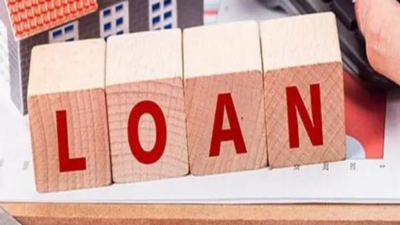Understanding Bank Loan Stress: Retail Loan Risks in Early FY26

Retail Loan Stress Could Impact NPA Improvements
India’s banking sector may see a slight rise in non-performing assets (NPAs) in the first half of FY26. This is due to growing stress in retail loans, particularly unsecured personal and microfinance loans. CareEdge Ratings recently shared these insights in a report.
Main Points from the Report
- Scheduled Commercial Banks (SCBs) might see a small increase in the Gross NPA (GNPA) ratio.
- This ratio could go from 2.3% at the end of FY25 to between 2.3% and 2.4% by the end of FY26.
- Stress in personal loans, especially unsecured personal and microfinance loans, is likely to cause this increase.
Recent Progress and Current Issues
This possible setback comes after years of better asset quality. Since March 2019, the GNPA ratio has been dropping. Regulatory relief during the pandemic, like loan moratoriums, helped this improvement. The ratio got even better in FY25, reaching 2.3% by Q4’s end. This was due to recoveries, higher write-offs, and fewer slippages across bank groups.
However, private banks still have higher slippage ratios than public banks. This is mostly because of more NPAs from unsecured lending to individuals and small businesses. While retail and services sectors have improved, retail NPAs are still a worry. Education loans and credit card dues are especially troublesome.
Changes in India’s Credit Scene
CareEdge also saw a big change in India’s credit scene. Banks are now focusing more on retail lending. This is because corporate credit demand is falling, companies are reducing debt, and there are other funding options available. As of December 2024, household debt was at 42.1% of GDP. This is low compared to global standards but is steadily rising.
Looking Ahead
While asset quality is mostly good, the agency warned about ongoing pressure from unsecured retail lending. This could lead to more fresh slippages and slower recoveries in the coming months.



